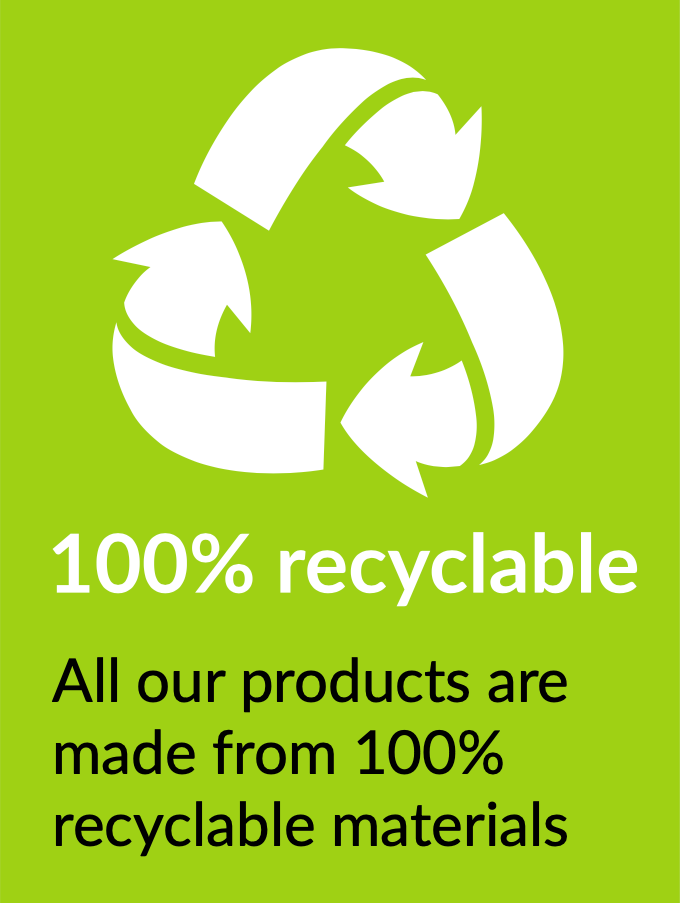In the UK, food and drink business start-ups are booming, and artisan businesses even more so. Combine the two and you could have a recipe for success!
According to the Food & Drinks Federation, the industry contributes £28.8bn to the economy with a whopping 97% of this from SME businesses.
Last year, there was an explosion of artisanal businesses tapping into the popularity of home-grown produce, from gluten-free snacks, vegan foods, and gourmet cheese, through to craft beers, wines and gins.
The origin of a product has become increasingly important to many shoppers. Buzzwords like ‘handmade’, ‘authentic’, and ‘local’ are now appealing to this demand for trust and increasing numbers of consumers are turning to ethically-sourced, healthier options.
More and more artisan coffee shops and craft-beer outlets, for example, are appearing on high streets across the UK, and genuinely giving global brands a run for their money. It’s no longer just about high-quality, premium food and drinks. Customers are actively seeking out and paying for experiential products and environments provided by independent businesses.
Some artisan goods have become huge brands themselves. The multi-million-pound Innocent Smoothie empire is one case in point. Another was a potato farmer that diversified his products to incorporate a high-end snack – Tyrrells Crisps – and sold it eight years later for £30m. And Heck Sausagues who I blogged about in 2014, are now turning over £17.5m!
Sadly, it’s not always an upward trajectory for new businesses in the industry. According to the Independent, many food and drinks businesses fail owing to the challenge of grabbing “shelf space when you’re new, not to mention the challenges of production, funding, and cash flow (or lack of it).”
Even for those that have overcome some of these obstacles and had a killer product, many fail when promotions are an after-thought. So, with this in mind, here are five top tips to help Artisan Food and Drink Start-Ups get ahead of the game:
1. Embrace Video
In the past, video may have been considered an expensive promotional channel, from hiring professionals to editing the final footage. Now, however, hand-held devices with simple software means this is no longer a cost-prohibitive option.
Use your smart phone to start recording all that brilliant footage that you probably take for granted: planning processes, recipes, taste tests, market research, events, roadshows, or seeing your product stocked somewhere exciting for the first time.
2. Persona
Spend a sufficient amount of time researching and thinking about who your audience is and create a persona that appeals to that market. The identity or voice of your brand is vital in attracting the right audience.
Make sure your product stands out in an increasingly crowded marketplace. What is your unique selling point (USP)? In essence, you may be selling a lifestyle as much as a product, so consider your tone of voice to show off the personality of your product.
3. Events
Make the most of events. These will be critical to your success. It is not just about attending these to showcase your artisan wares but engaging in all sorts of activities to gain interest before, during, and afterwards.
Just a few ways to promote your attendance at an event might include client mail-outs, online listings, promotional blogs, social-media posts, and press releases. Then on the day, make your stand as interactive as possible by having prizes and goodie bags or enticing visitors over for hands-on activities.
4. Social media influencers
Social media can obviously be used creatively, effectively, and for free to promote your product; the likes of Instagram are fantastic visual platforms. Yet, more than this, they can also be a brilliant source of inspiration.
Last year, Feedr commissioned research about food vendors across London and found that nine out of 10 were influenced by food and health bloggers onInstagramand Facebook, rather than by cookery programmes and magazines. Use social media to check out the market, look at competitors, and promote your own activities. You can read more about effective influencer marketing over at my own blog.
5. Advocates
Get your existing customers to shout about how great you are! Remind your clients and wider stakeholders to give you regular reviews and testimonials, both on your social media and web accounts, and on third-party sites too.
Lastly, use online competitions, experiences, and giveaways as methods of encouraging interaction and engagement with your product. Support from your advocates could make the difference in getting your start-up noticed.
Guest Blog written by Jonny Ross from Fleek.Marketing





